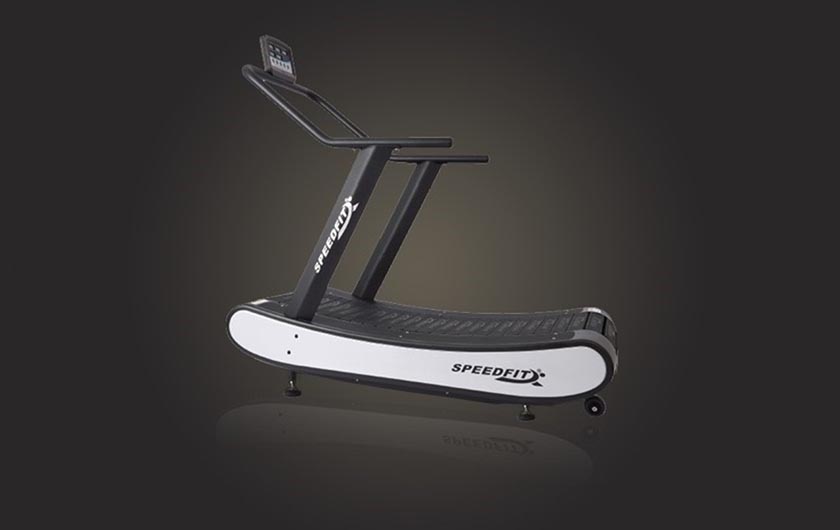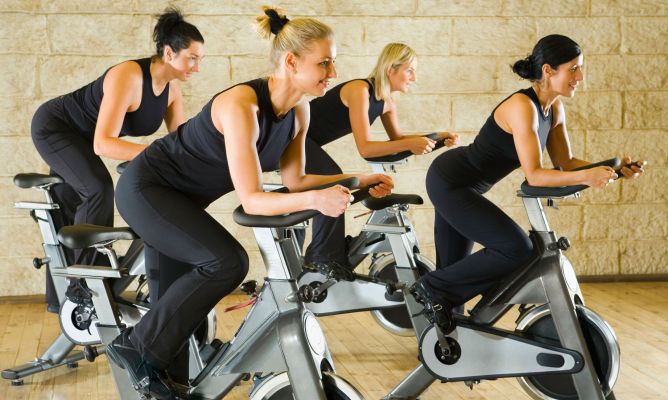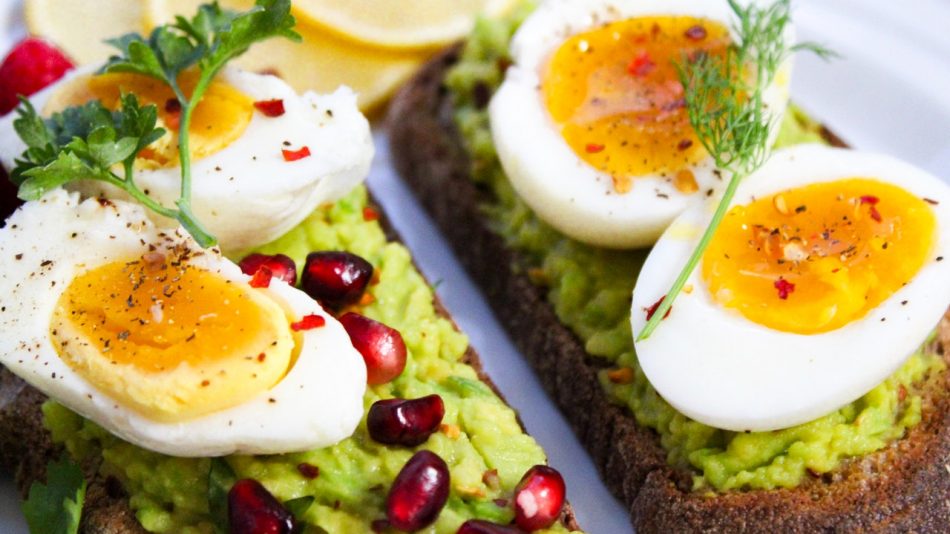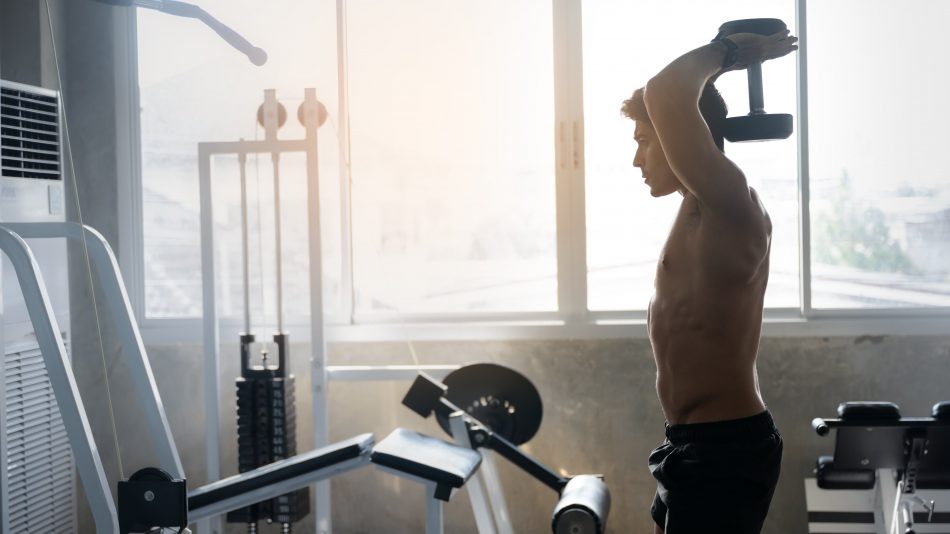Rowing machine workouts are very complete. They allow us to work deeply muscles from different parts of the body. Trunk, back, legs and arms are improved thanks to this exercise. This machine is a perfect tool for comprehensive and balanced muscle building. 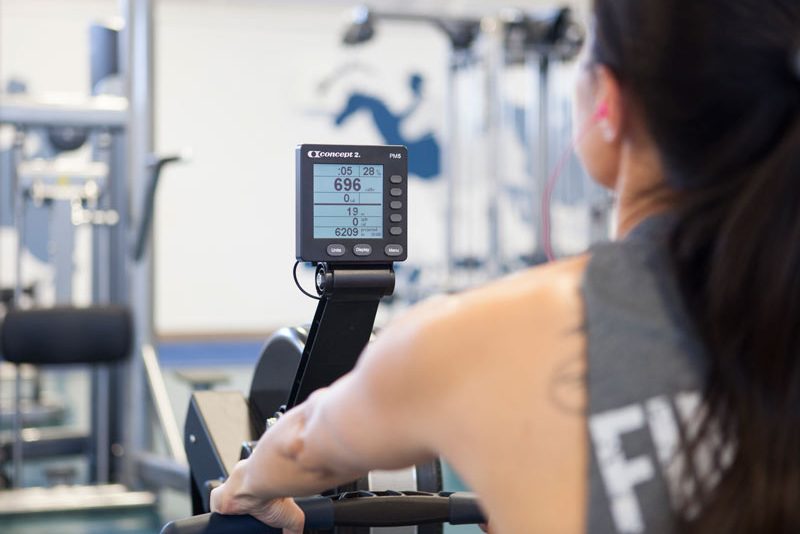
These are the main muscles that are worked with the rowing machine. The muscles that are exercised by rowing
Quadriceps and hamstrings
Leg thrusts and knee extensions work some of the most interesting muscles for a toned and strengthened body. Among them, the quadriceps and the hamstrings. For this it is important that you perform the technique correctly. These muscles will look stronger, more muscular and firmer with the work on the rowing machine. The greater the pushing force you apply with your legs, the more you will help his work.
Buttocks
The action of pushing with the legs and extension of the hips are the culprits that work the gluteus. Working on the rowing machine greatly improves the aesthetics of the ass. It achieves this thanks to the intense work of the gluteus, especially. But also thanks to the fact that it allows you to burn fat and that it strengthens your legs, thus raising your muscles. These will be firm, strong and hard.
Middle muscles
This is how we call the set of rectus abdominis, the transversus abdominis muscle, the oblique and the erector spinae muscle. These muscles are worked with the rowing machine by extending the back backwards. It is important to use the technique correctly so that these muscles are the ones that work and the spine is not forced. This way you will minimize the risk of injury while promoting muscle mass in the areas that really interest you.
Trapezius and rhomboids
The back extension and shoulder retraction movement engages the trapezius and rhomboids. These muscles ensure that the shoulders have a stable base from which to perform the shooting action. Having these muscles well worked allows you to protect the upper spine and broaden the back. The trapezius helps link the trunk with the arms and the skull. Strengthening these muscles on the rowing machine improves shoulder posture and helps prevent back pain due to weak muscles.
Deltoids and pectorals
Both the deltoids and the pectoral muscles are worked on the rowing machine, although not to the maximum level. The movement of the arms when one cycle ends and the next one begins is what contributes to these muscles working. It is, therefore, a minor and secondary job but still very important.
Biceps and triceps
Exercise on the rowing machine works and improves the muscles of the biceps and triceps. The movement made by bending the elbows and the movement made to pull the rower towards the midsection puts them to work intensely in each cycle. You must ensure that these muscles work with the same intensity as the legs and not more. In this way you will allow arms and legs to be worked equally. And that you do not feel some extremities clearly more fatigued than the others.
Bibs
The latissimus dorsi muscle is worked in the same movement that works the trapezoid and rhomboid muscles. Strengthening this area of the back will improve its appearance. But it will also contribute to good supporting arm strength. And to minimize the appearance of back pain caused by weak muscles.
Iliopsoas or hip flexor muscles
These muscles work in sliding forward after one cycle to perform the next and in backward extension. Although it is not a muscle that one usually wants to specifically work on, it is very important for the athlete. It is responsible for flexing the hip and internally rotating the thigh, helps flex the trunk forward, and serves to flex and rotate the hip to the desired side.
Finger flexors and wrist muscles
The oar grip is a job carried out by the flexor muscles of the fingers. It is important that these muscles are not overloaded by your constant grip. The wrist muscles will be strengthened by such a continued grip throughout the exercise cycle. It is not a muscle that one thinks of developing but it is important for daily life. And fundamental for exercises in which grip is necessary, such as the deadlift, among others.
These are the main muscles that are worked with the rowing machine. It is important that you perform the technique correctly and maintaining the appropriate postures at all times. In this way you will ensure that the work falls on these muscles and not on other less interesting ones. It will also be the way to avoid injuries and discomfort.

